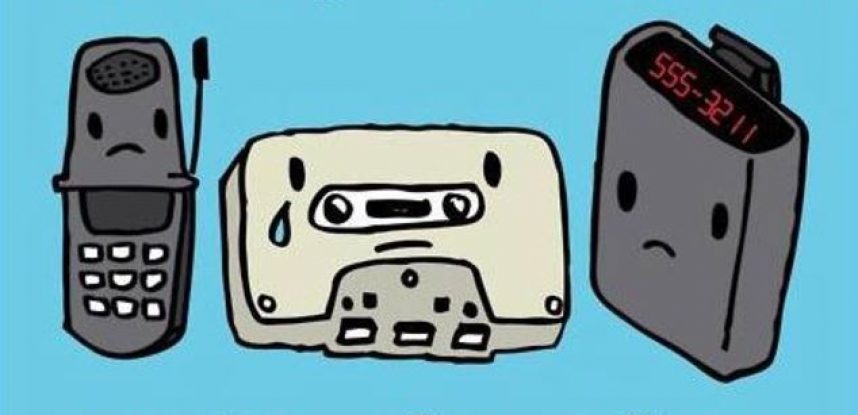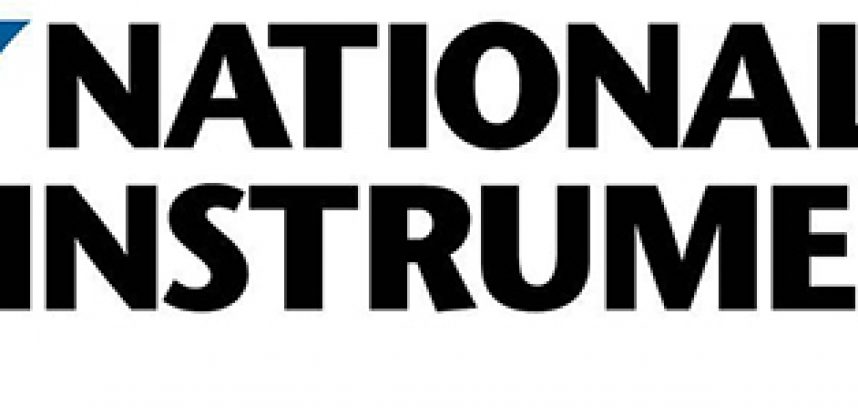Innovating Obsolescence: When the Supply Chain Is Around Your Throat
Obsolescence can pose a grave threat to individuals, economies, and nations. Security and defense receive a great deal of attention in our Critical Thoughts section, partly because they are domains in which obsolescence is highly visible and easily conceived. In fact, the defense industry has its own acronym, that specifically outlines the necessary steps to avoid problems caused by counterfeit and obsolescence.
The medical industry can be a loaded topic for a variety of reasons and, unsurprisingly, obsolescence within the health tech field can be equally touchy. Obsolescence in medical technology forces us to take a critical look at some of the equipment we use every day to help millions of people around the globe—equipment we’d much rather assume was cutting edge and in tip-top shape. Like defense systems, the embedded electronic systems in the health field save lives, keep people healthy and able to work, and ultimately contribute to the stability of loved ones and nations around the world.











 Following its development in the late 1970s by Motorola, VME bus continues to see wide use across many different equipment industries today. In fact, the first COTS VME boards to enter the domestic market (c 1983) were the
Following its development in the late 1970s by Motorola, VME bus continues to see wide use across many different equipment industries today. In fact, the first COTS VME boards to enter the domestic market (c 1983) were the